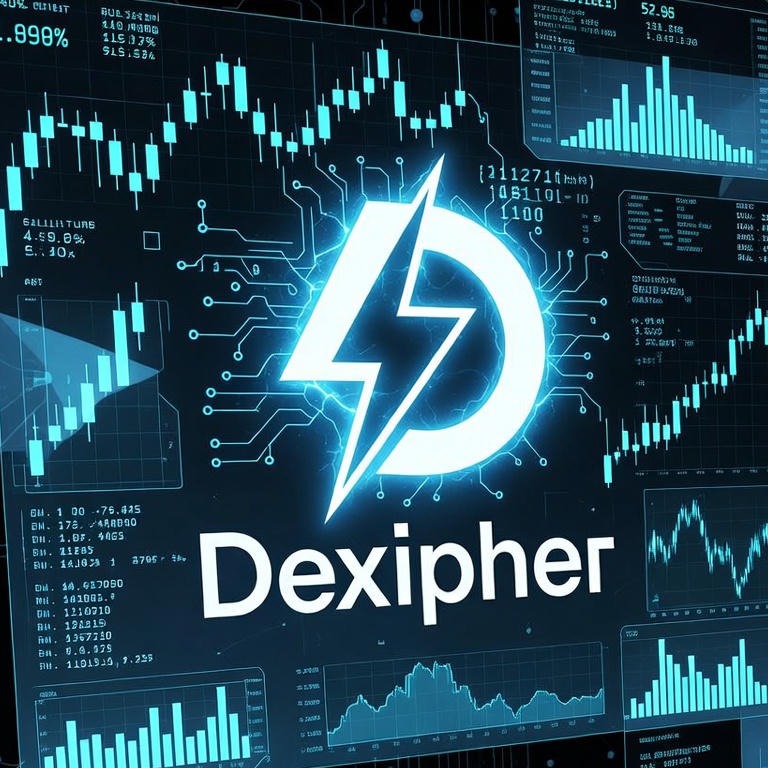
Huma Finance priceHUMA
Huma Finance market Info
Live Huma Finance price today in USD
Now that you know the price of Huma Finance today, here's what else you can explore:
How to buy crypto?How to sell crypto?What is Huma Finance (HUMA)What are the prices of similar cryptocurrencies today?Want to get cryptocurrencies instantly?
Buy cryptocurrencies directly with a credit card.Trade various cryptocurrencies on the spot platform for arbitrage.Huma Finance price prediction
What will the price of HUMA be in 2026?
In 2026, based on a +5% annual growth rate forecast, the price of Huma Finance(HUMA) is expected to reach $0.00; based on the predicted price for this year, the cumulative return on investment of investing and holding Huma Finance until the end of 2026 will reach +5%. For more details, check out the Huma Finance price predictions for 2025, 2026, 2030-2050.What will the price of HUMA be in 2030?
About Huma Finance (HUMA)
What Is Huma Finance?
Huma Finance is the first PayFi network, a decentralized protocol designed to provide income-backed lending and payment financing solutions. It enables businesses and individuals to borrow against future income by connecting them with global investors on-chain. By tokenizing real-world assets (RWAs), Huma Finance offers instant liquidity, transparent transactions, and seamless cross-border financial operations, bridging the gap between traditional finance and Blockchain technology.
In today’s fast-paced global economy, liquidity and payment flexibility are crucial. Traditional financial systems often involve slow, complex, and costly processes, especially for international transactions. Huma Finance addresses these limitations by leveraging blockchain to offer faster and more efficient payment financing solutions.
As of September 2024, Huma Finance has raised $38 million in funding to expand its operations and continue building its platform. The equity round was led by Distributed Global, with significant participation from Hashkey Capital, Folius Ventures, the Stellar Development Foundation, and TIBAS Ventures, the corporate venture arm of İşbank, the largest private bank in Turkiye. A portion of this funding has been used to invest in high-yield real-world assets (RWA) on the platform, showcasing the platform's focus on bridging DeFi with tangible financial instruments.
How Huma Finance Works
Huma Finance operates on a decentralized lending model, where borrowers can access credit lines using future income as collateral. The platform supports various financial services, including revolving credit lines and receivable factoring, such as:
-
Revolving Credit Line: Borrowers are approved for a specific credit limit. They can borrow and repay repeatedly, as long as they stay within their limit and make timely payments.
-
Receivable-backed Credit Line: This feature allows borrowers to obtain credit based on approved receivables. The platform applies an advance rate to the receivable amount, determining how much can be borrowed.
-
Receivable Factoring Credit: Businesses can factor their receivables, meaning they can receive an advance payment on outstanding invoices, helping them manage cash flow more efficiently.
The protocol operates using smart contracts to automate and secure the entire borrowing and lending process. Lenders provide liquidity to the protocol and earn returns based on their participation. The Huma Finance platform uses a tranche system, where lenders can choose between senior and junior tranches, each offering different risk-reward profiles.
Tokenization plays a key role in Huma Finance's ecosystem. The protocol tokenizes real-world assets, allowing these assets to be used as collateral on-chain. This not only brings transparency to the lending process but also opens up access to financing for businesses and individuals who may not have significant crypto holdings.
Additionally, Huma uses advanced risk management tools, such as Decentralized Signal Processors and Evaluation Agents, to assess income sources and ensure responsible lending. This modular infrastructure allows Huma to cater to various financial use cases, expanding its reach and applicability across multiple sectors.
What Is HUMA Token?
As part of its future development, Huma Finance plans to launch the HUMA token on the Solana blockchain. This token will play a critical role in the platform’s ecosystem, facilitating transactions, governance, and incentivizing participants.
HUMA Token's Use Cases:
-
Governance: Token holders will have the ability to vote on protocol upgrades, pool structures, and other key decisions, contributing to the decentralized management of the platform.
-
Staking and Rewards: Lenders and liquidity providers can stake HUMA tokens to earn rewards, encouraging long-term participation in the network.
-
Collateral and Fees: Borrowers may use HUMA tokens to pay fees or as part of the collateral for obtaining credit lines.
The choice to launch HUMA on Solana is significant, as Solana’s blockchain is known for its high throughput and low transaction costs, making it an ideal platform for decentralized finance (DeFi) applications. Solana’s ecosystem will enable Huma Finance to process a higher volume of transactions efficiently, ensuring smooth user experiences, even as the platform scales.
Conclusion
Huma Finance offers a new solution to global payment financing and decentralized lending through its PayFi network. By tokenizing real-world assets and leveraging future income, the platform provides fast, transparent, and borderless financial services. With its upcoming HUMA token launch on Solana, the project aims to further decentralize its network and expand its ecosystem, making it an attractive option for those looking to participate in the growing world of decentralized finance (DeFi).
Bitget Insights



What can you do with cryptos like Huma Finance (HUMA)?
Deposit easily and withdraw quicklyBuy to grow, sell to profitTrade spot for arbitrageTrade futures for high risk and high returnEarn passive income with stable interest ratesTransfer assets with your Web3 walletWhat is Huma Finance and how does Huma Finance work?
Buy more
FAQ
What is the current price of Huma Finance?
What is the 24 hour trading volume of Huma Finance?
What is the all-time high of Huma Finance?
Can I buy Huma Finance on Bitget?
Can I get a steady income from investing in Huma Finance?
Where can I buy Huma Finance with the lowest fee?
Related cryptocurrency prices
Prices of newly listed coins on Bitget
Hot promotions
Where can I buy Huma Finance (HUMA)?
Video section — quick verification, quick trading









